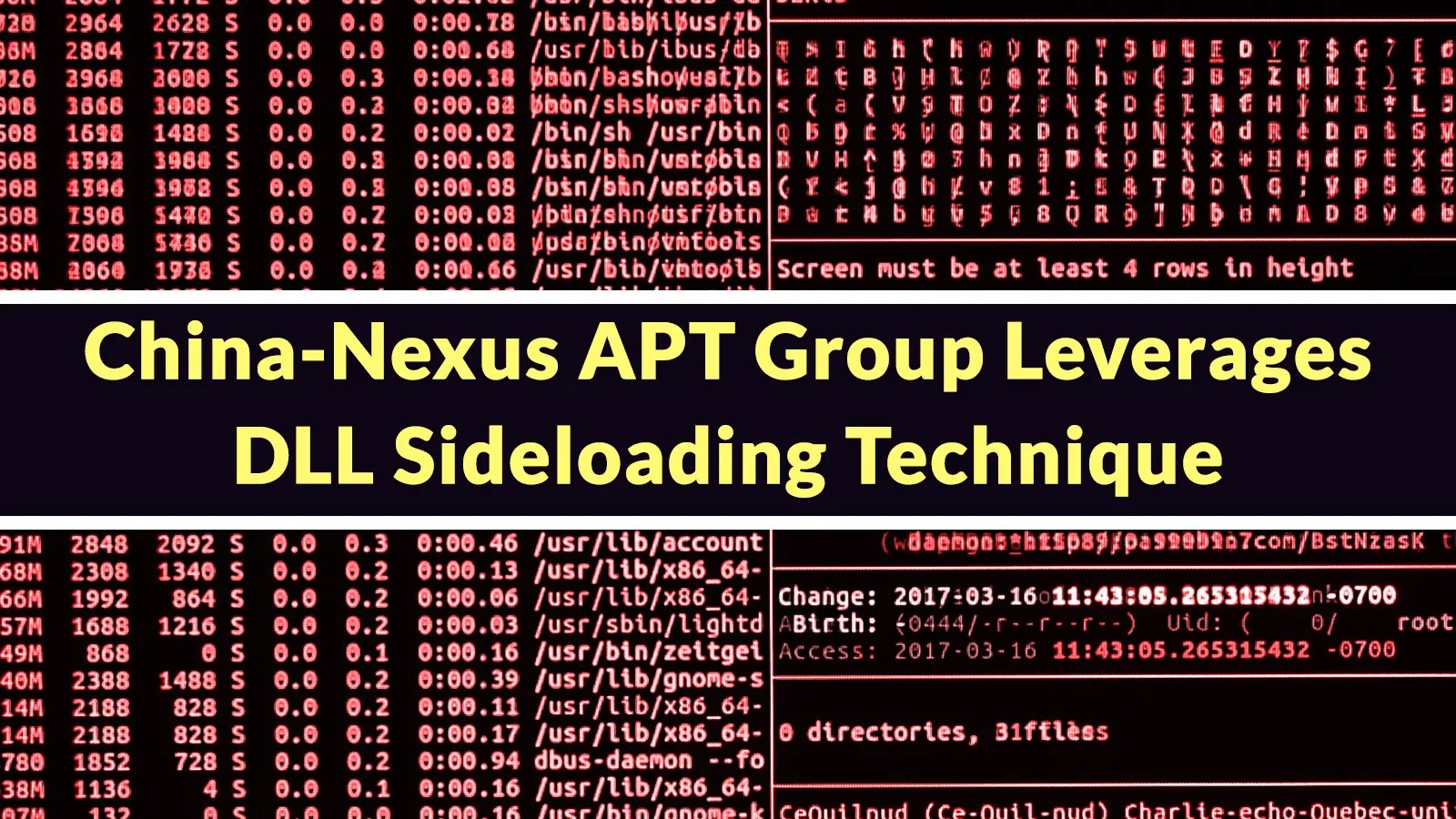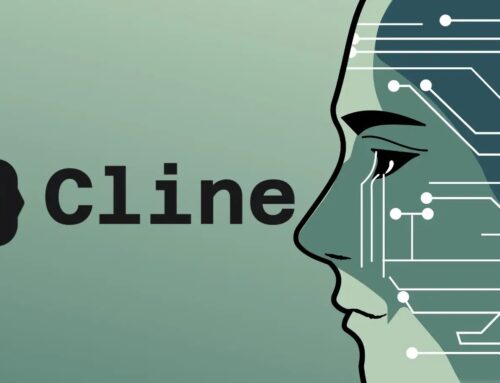
China-Nexus APT Group Leverages DLL Sideloading Technique to Attack Government and Media Sectors
A disturbing trend has emerged in the cybersecurity landscape of Southeast Asia, signaling a heightened threat to critical government and media infrastructure. Since early 2025, a China-Nexus Advanced Persistent Threat (APT) group has been actively engaged in a sophisticated cyber espionage campaign, primarily targeting nations surrounding the South China Sea. This campaign leverages the insidious DLL Sideloading technique, a method that allows attackers to execute malicious code by exploiting legitimate software. As cybersecurity analysts and IT professionals, understanding the intricacies of this attack, its targets, and crucial defense mechanisms is paramount.
The Evolving Threat: China-Nexus APT Activity
The targeted cyber espionage campaign has set its sights on government and media organizations within key Southeast Asian countries, including Laos, Cambodia, Singapore, the Philippines, and Indonesia. This geographical focus, coupled with the precision of the attacks, strongly indicates the strategic intent of a state-sponsored or state-aligned entity. APT groups are characterized by their advanced capabilities, persistent nature, and long-term objectives, often involving intelligence gathering, intellectual property theft, or disruptive actions. The current campaign fits this description, demonstrating a clear focus on compromising sensitive data and maintaining a foothold within targeted networks.
Understanding DLL Sideloading: The Attacker’s Chosen Tactic
At the heart of this campaign lies the DLL Sideloading technique. This sophisticated method exploits the way Windows applications load dynamic-link libraries (DLLs). When an application needs a specific DLL, it follows a predefined search order to locate it. Attackers exploit this behavior by placing a malicious DLL in a directory that is searched before the legitimate one, or by replacing a legitimate DLL with their malicious version. When the legitimate application is launched, it inadvertently loads and executes the malicious DLL, granting the attacker arbitrary code execution privileges. This technique is particularly effective because it often bypasses traditional security measures, as the execution appears to originate from a trusted application.
The initial attack chain, though not fully elaborated in the preliminary report, typically involves social engineering tactics or exploiting vulnerabilities to gain initial access. Once inside, the DLL Sideloading technique is then employed for privilege escalation, persistence, and to facilitate the deployment of additional malicious payloads or tools for data exfiltration.
Targeted Sectors and Geopolitical Implications
The choice to target government and media sectors is not arbitrary. Government entities hold sensitive policy documents, national security information, and critical infrastructure control data. Media organizations, on the other hand, are influential in shaping public opinion and can be used for propaganda or disinformation campaigns. The targeting of nations bordering the South China Sea also carries significant geopolitical implications, aligning with ongoing territorial disputes and strategic interests in the region. This pattern underscores the strategic nature of the APT group’s operations and their potential to impact national security and regional stability.
Remediation Actions and Proactive Defense Strategies
Given the persistent and advanced nature of this threat, organizations in the targeted regions, particularly within government and media sectors, must adopt a proactive and multi-layered defense strategy. Here are actionable remediation steps and preventative measures:
- Implement Strict Application Whitelisting: Only allow approved applications and their associated DLLs to execute. This can significantly mitigate the risk of malicious DLLs being loaded.
- Regularly Patch and Update Systems: Keep all operating systems, applications, and security software up-to-date. Attackers often exploit known vulnerabilities to gain initial access.
- Principle of Least Privilege: Enforce the principle of least privilege for all users and applications. This limits the potential damage an attacker can inflict even if they compromise a system.
- Network Segmentation: Segment networks to restrict lateral movement of attackers. This confines potential breaches to smaller areas, making detection and containment easier.
- Enhance Endpoint Detection and Response (EDR): Deploy robust EDR solutions capable of detecting anomalous process execution, file modifications, and suspicious network connections that could indicate DLL Sideloading or other attack activities.
- User Awareness Training: Educate employees about social engineering tactics, phishing attempts, and the importance of reporting suspicious activities. Initial access often relies on human error.
- Monitor for Common DLL Sideloading Indicators: Look for unusual DLLs loaded by legitimate processes, DLLs loaded from non-standard paths, or unexpected network connections originating from seemingly legitimate applications.
- Leverage Threat Intelligence: Stay informed about the latest threat intelligence regarding China-Nexus APT groups, their tactics, techniques, and procedures (TTPs) to anticipate and defend against future attacks. Reference the Mitre ATT&CK framework for T1574.001 – DLL Sideloading.
Detection and Mitigation Tools
Effective defense against DLL Sideloading requires a combination of robust security tools and vigilant monitoring. The following table outlines some key tools that can aid in detection and mitigation:
| Tool Name | Purpose | Link |
|---|---|---|
| Sysinternals Process Monitor | Real-time file system, Registry, and process/thread activity monitoring. Essential for observing DLL loading. | https://docs.microsoft.com/en-us/sysinternals/downloads/procmon |
| CylancePROTECT | AI-driven endpoint protection for preventing malicious code execution, including unknown threats. | https://www.blackberry.com/us/en/products/cylance-endpoint-security/cylance-protect |
| Microsoft Defender for Endpoint | Comprehensive endpoint security platform offering prevention, detection, investigation, and response capabilities. | https://www.microsoft.com/en-us/security/business/threat-protection/microsoft-defender-endpoint |
| Binary Analysis Tools (e.g., Ghidra) | For static and dynamic analysis of suspicious DLLs to understand their functionality. | https://ghidra-sre.org/ |
Conclusion: Heightened Vigilance is Key
The ongoing cyber espionage campaign by a China-Nexus APT group against government and media sectors in Southeast Asia underscores the persistent and evolving nature of state-sponsored threats. The reliance on DLL Sideloading highlights the need for organizations to move beyond signature-based defenses and adopt more advanced detection and prevention strategies. By implementing robust security controls, fostering a culture of cybersecurity awareness, and staying abreast of the latest threat intelligence, organizations can significantly bolster their defenses against these sophisticated adversaries and protect their critical assets from compromise. Continuous monitoring and a proactive security posture are no longer optional but essential for safeguarding national interests and digital infrastructure.





